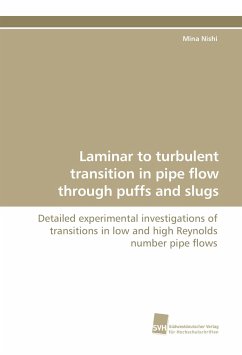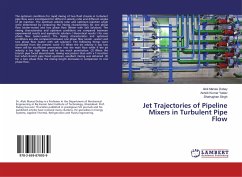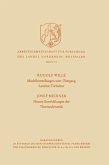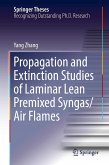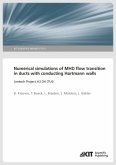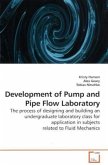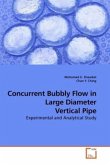A classical problem in fluid mechanics, laminar to turbulent transition in pipe flow, was investigated. Transition in pipe flow was first studied in detail by Reynolds (1883) and continued subsequently by numerous researchers. Nevertheless, there are still number of unknown issues that need clarification. As is well known, two distinct types of flow structure exist during a laminar to turbulent transition in pipes, namely puffs and slugs, termed by Wygnanski (1973). Investigations described in this dissertation were concentrated in the development of puffs and slugs in a pipe at different Reynolds numbers, following some preliminary research works. Also considered is a transformation from puffs to slugs through puff splittings, occurring while they propagate in a pipe or by an increase in Reynolds number. In low Reynolds number pipe flows, a dissipation of puffs was observed and then investigated. The time between when puffs were created and dissipated was termed `full- lifetime'and measured directly by a pressure transient. According to the investigations, possible evolutions of puffs were found and discussed.
Bitte wählen Sie Ihr Anliegen aus.
Rechnungen
Retourenschein anfordern
Bestellstatus
Storno

